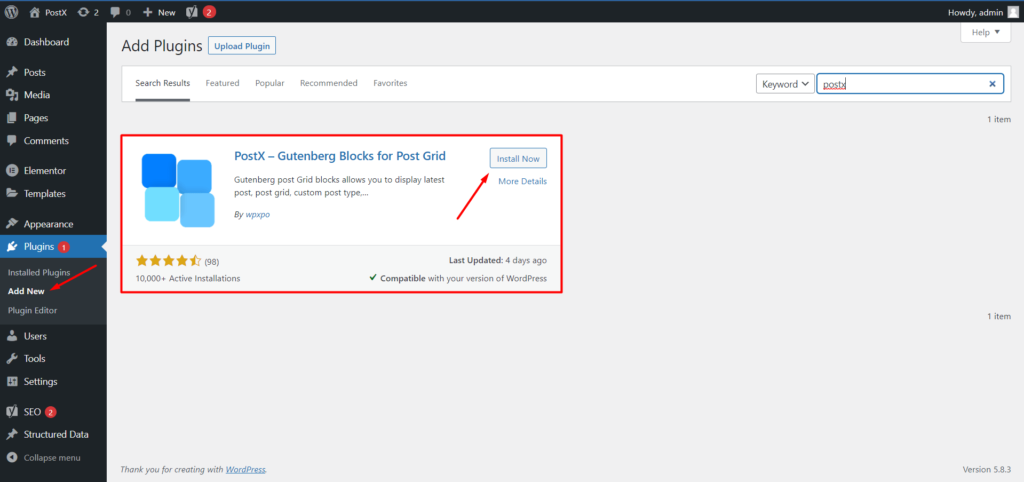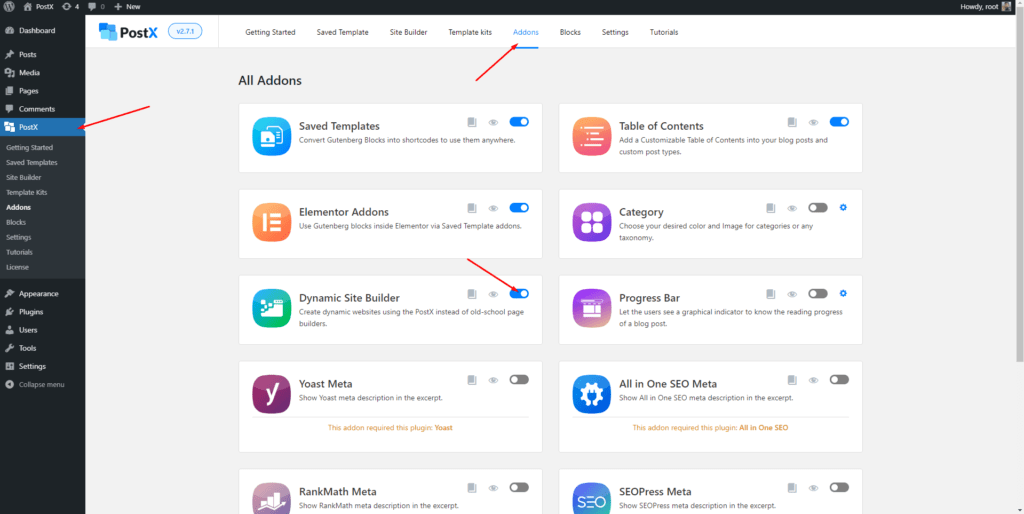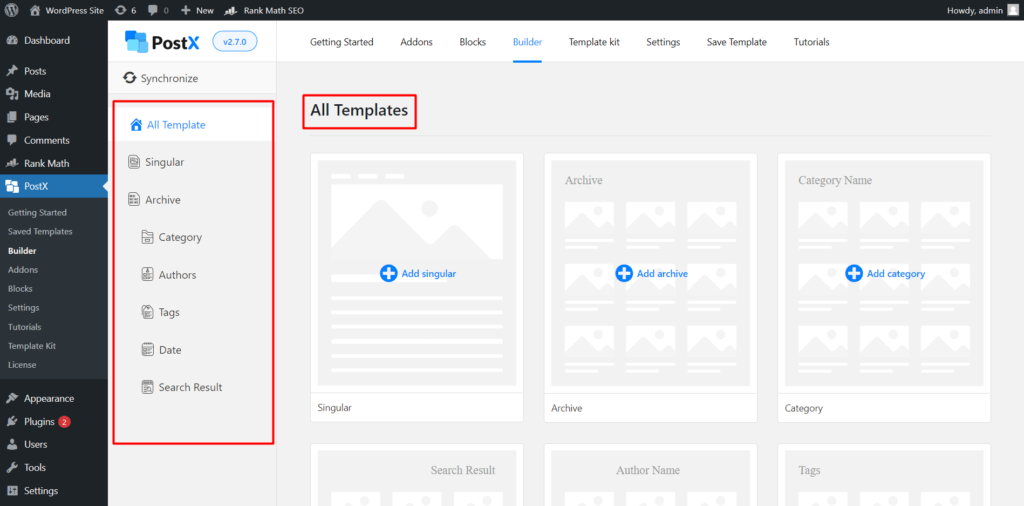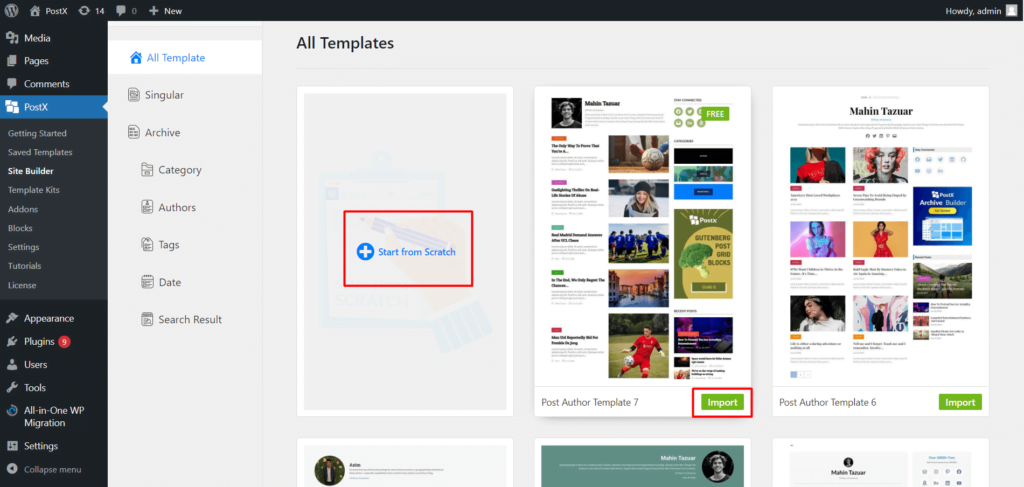If you run a website with multiple authors, you may decide to add an author page. Author pages help show additional information about authors and make it simpler for users to locate other articles they have authored.
So, do you want to create a custom WordPress author page? This article will demonstrate how to create a custom WordPress author page.
What Is an Author in WordPress?
Initially, you may be the only author of blog articles on your website. However, as it expands, you can add more writers to expand your material more quickly. The author’s role is for users who will be writing and publishing material on your WordPress blog.
Authors can create, edit, and publish their own posts but cannot change other users’ postings. They can contribute their own files and photographs to postings. Additionally, they can erase their own posts, even if they have been published.
Authors can access comments, even those awaiting moderation, but cannot regulate, approve, or remove them. They can build, modify, and remove their own reusable blocks and utilize those generated by others.
They lack access to site settings, plugins, and themes, making this a low-risk user position. The lone exception to this rule is the ability to remove one’s own published articles.
Why Do You Need to Create a WordPress Author Page?
As you already know, WordPress has a non-customizable default author page, which does the bare minimum things. So, you’ll need a custom author page to get things sorted.
So, the question arises, do I need to create a custom WordPress author page? Is it okay not to make any? Will I benefit by doing it and so on…
Creating a custom WordPress author page seems so little if you don’t know the massive perks it provides. You make a website; you have several peeps writing articles or providing content for you. But you don’t have any author page.
The contents on your website are scattered if you’re looking for content from a specific author. So, having an author page will clearly distinguish all the authors and separate their works like a category filter.
WordPress, Gutenberg, and PostX
So, we all know about WordPress and what it does. But for those who don’t know, WordPress is a PHP-based, open-source CMS that works best with a MySQL or MariaDB database and an HTTPS connection.
Recently WordPress has introduced a brand new editor called Gutenberg. The way you create content for your site will be drastically changed.
It made content production easy for beginners. Help you view your material in a front-end style. Eliminate shortcodes from content generation. Customize your content using unique components.
While WordPress made the Gutenberg editor more users friendly, it comes with a bare minimum, meaning you can’t customize your website or contents according to your needs.
That’s where PostX comes in. Making the way upwards, it’s becoming a god-tier WordPress plugin that uses the Gutenberg editor and opens pandora’s box of infinite customization.
So what is PostX you might ask? PostX is a tool made specifically for listing posts. It includes a wide variety of customization options for the content and the way it is displayed. The tool is simple to use and adds value to your design efforts. It takes the WordPress template hierarchy and gives it a boost to break out all the limitations it has.
Seems intriguing, right?
So, how to create a custom WordPress author page? Let’s jump right into it!
How to Create a Custom WordPress Author Page?
So, here we are on creating a customizable WordPress author page. PostX has successfully created its own dynamic site builder, meaning the pandora’s box we’ve told earlier will seem like a glass of water compared to a sea.
With this dynamic site builder, you can create and customize every page, including the author page.
To create a WordPress Author Page, all you need to do is follow the steps below.
Step 1: First, install PostX. Seems obvious, duh.

Step 2: Now go to PostX’s Addons Directory. Activate the Dynamic Site Builder addon.

Step 2: Then from the WordPress Dashboard, go to PostX. Then go to the Builder Section and get amazed.

Step 3: You’ll see many builder options here, but to create a WordPress author page, you need to click add author.

Step 4: To create it from scratch, simply click start from scratch. You can also select the premade author template by clicking import.

Step 5: And, you’ll see the regular Gutenberg editor format. Create and customize your author page according to your needs by adding blocks. The ‘+’ icon will open a generous selection of Gutenberg blocks and the default ones. You’ll need to add Author Box and Post List/Post Grid blocks to create an author page. (you can also add other blocks and enable paginations to customize it further.)

Step 6: After you’re done with the creation, click publish. You’ll have a popup box to select your conditions. Select Include → Author Archive → All for showing the same template on all the author pages. Else, you can type an author name and select it to give that specified author a selected template.

And, drumroll beats, ta-da!
You have successfully created a custom WordPress author page. Yes, it is that easy to do it with PostX.
Conclusion
Creating a custom WordPress author page, or any other pages like singular, archive, date, tag, category, search, are damn easy with the new PostX dynamic site builder.
This quality-of-life update by PostX will make your life easier by handing you full control of your website making and content creation. Let’s not make it boring by saying anything else; why don’t you get PostX now and see for yourself what it offers? Best of Luck with your future endeavors.
You can check out WordPress video tutorials on our YouTube Channel. Also, find us on Facebook and Twitter for regular updates!




